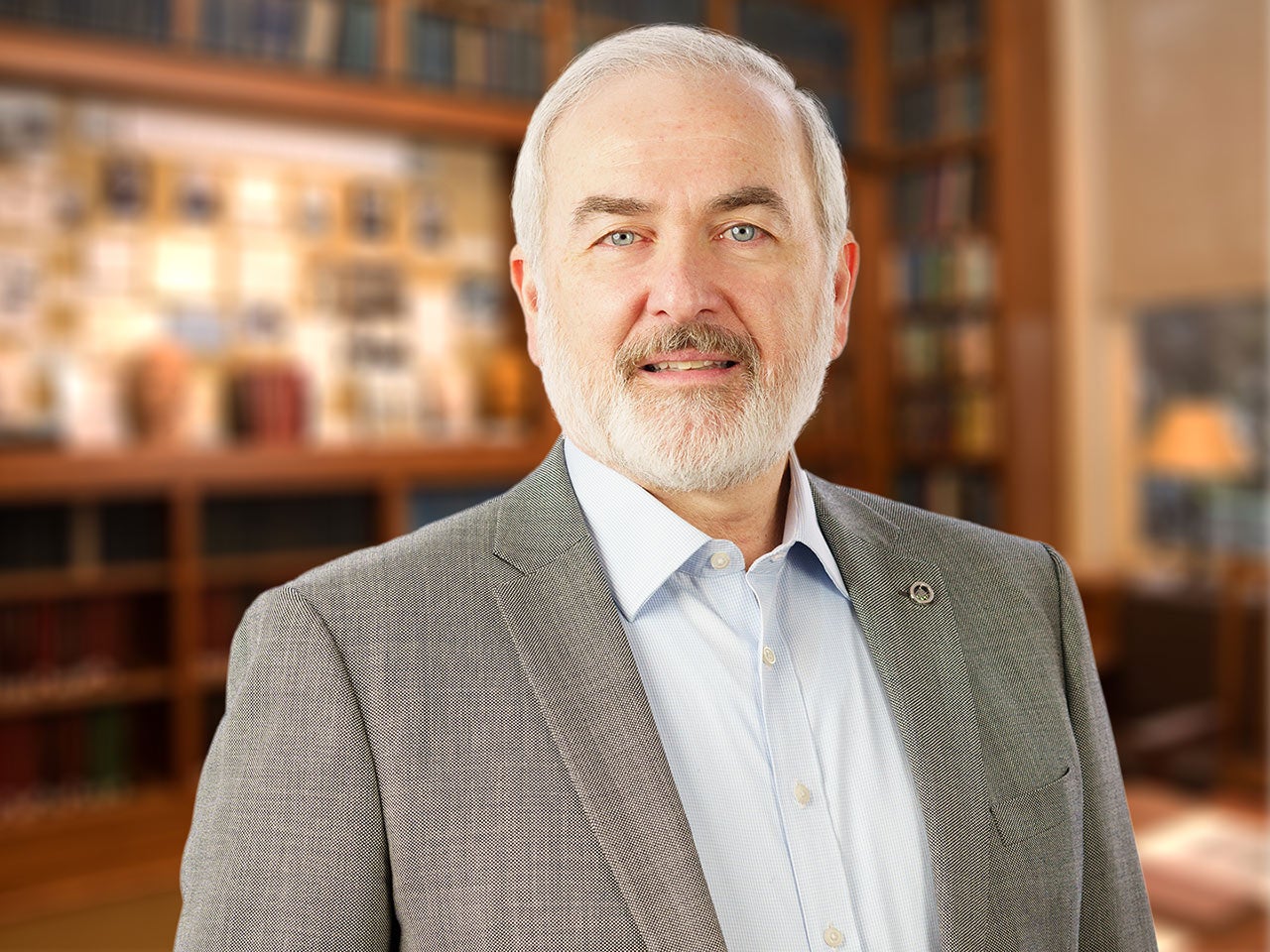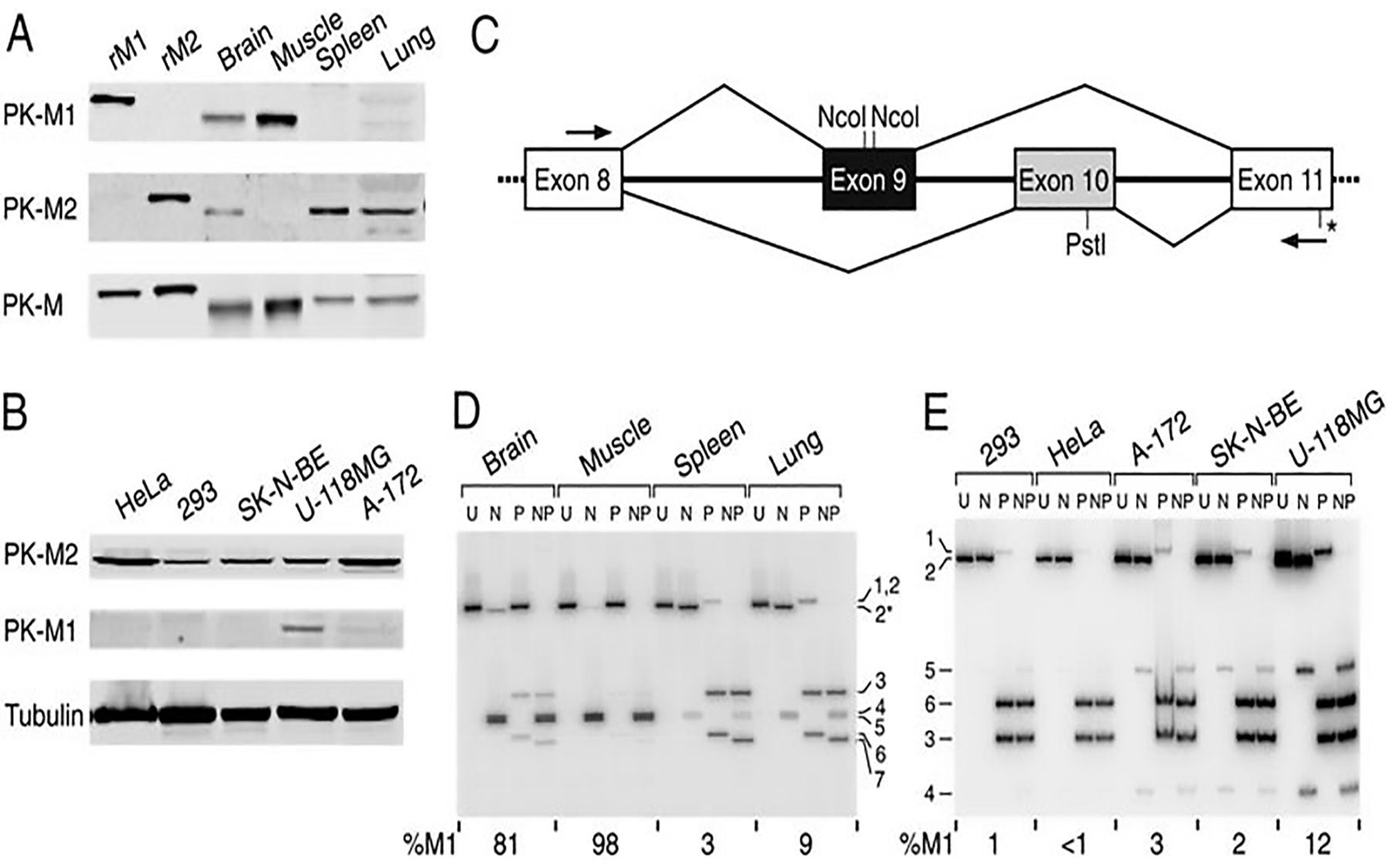Understanding and overcoming ‘the Warburg Effect’
Cold Spring Harbor, NY — A team of scientists led by Professor Adrian Krainer, Ph.D., of Cold Spring Harbor Laboratory, has discovered molecular factors in cancer cells that boost the production of an enzyme that helps alter the cells’ glucose metabolism. The altered metabolic state, called the Warburg effect, promotes extremely rapid cell proliferation and tumor growth.
Discovered eighty years ago by Nobel Prize-winning scientist Otto Warburg, this altered metabolism in cancer cells is most critically mediated by a protein called PK-M2 (pyruvate kinase M2). This is one of two versions—or isoforms—of the enzyme pyruvate kinase, whose other isoform, PK-M1, is harmless.
In a study published online ahead of print in the Proceedings of the National Academy of Sciences, Krainer and colleagues report their discovery of three factors that contribute to high levels of PK-M2 in cancer cells, in part by suppressing production of PK-M1.
“These findings suggest a new way in which cancer’s altered glucose metabolism might be targeted for therapeutic benefit,” explains Krainer. “Drugs that inhibit these factors and reverse the Warburg effect might work as anti-cancer agents.” The study was performed in collaboration with Professor Lewis Cantley, Ph.D., and his colleagues at Harvard Medical School and The Broad Institute, in Cambridge, Mass.
Cancer cells consume glucose at a much higher rate than normal cells, but use very little glucose to produce energy, spending the rest instead on cell-building material. They also produce huge amounts of a byproduct called lactate. PK-M2, which facilitates this alternate metabolic lifestyle in cancer cells, was recently shown by the Cantley laboratory to be critical for tumor formation and growth.
This isoform and its non-cancerous counterpart PK-M1, which is found only in normal cells, both arise from the same gene, PK-M, via alternative splicing, a process that allows a single gene to produce multiple proteins. The initial RNA copy of a gene’s DNA includes unnecessary pieces called introns that are first spliced out. The remaining bits, called exons, can be stitched back together in different ways by the cell’s splicing machinery to form different RNAs that can then give rise to different proteins.
In the case of the PK-M gene, its RNA undergoes alternative splicing in a mutually exclusive fashion, giving rise to either the M1 or the M2 isoform. Krainer, an expert on alternative splicing, has been focused on understanding how the benign M1 isoform is switched off and the dangerous M2 isoform switched on in cancer cells. His team began by tracking down splicing factors and mechanisms that cause cancer cells to exclusively produce the M2 isoform.
By examining the levels of various splicing factors in numerous types of cancer cells, the scientists have narrowed the list of suspects to three proteins so far. All three are present at high levels in cancer cells and repress the splicing of the harmless M1 isoform. This, by default, causes cells to produce only the M2 isoform.
The scientists could largely reverse this situation—restoring M1 production while decreasing M2 levels and lactate production—by forcing a reduction in the levels of the three splicing repressors. Whether this switch back to normal metabolism also impedes cancer cells’ rapid growth remains to be tested.
“The cells didn’t completely stop producing M2 when the three repressor proteins were blocked, which suggests that there might be other splicing factors that influence the switch between the two isoforms,” explains Krainer. The team is now looking for these other potential splicing regulators.
“The field of cancer metabolism has reemerged, but several fundamental questions still remain about how the Warburg effect works,” says Krainer. “We hope that our research on how alternative splicing regulates cellular metabolism will help fill in this puzzle and uncover new molecular drug targets.”
Written by: Hema Bashyam, Science Writer | publicaffairs@cshl.edu | 516-367-8455
Funding
The study was funded by a grant from the Starr Cancer Consortium.
Citation
“The alternative splicing repressors hnRNP A1/A2 and PTB influence pyruvate kinase isoform expression and cell metabolism” was published online before print on January 19, 2010, in PNAS. The full citation is: Cynthia V. Clower, Deblina Chatterjee, Zhenxun Wang, Lewis C. Cantley, Matthew G. Vander Heiden, and Adrian R. Krainer. The paper can be found at http://www.pnas.org/content/early/2010/01/11/0914845107.full.pdf+html
Principal Investigator

Adrian R. Krainer
Professor
St. Giles Foundation Professor
Cancer Center Program Co-Leader
Ph.D., Harvard University, 1986
